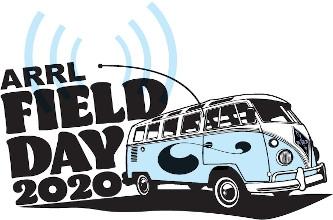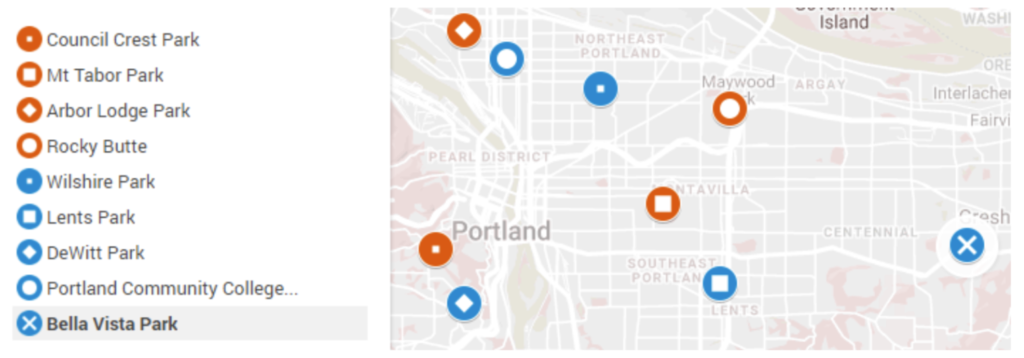I hope everyone finds themselves safe and healthy as they read this! June is almost upon us, which is normally our time to gather for field day where we share tight quarters, communally sup, and greet each other warmly. Unfortunately, epidemiological prudence demands a different tack. I am bummed, but I hope we all can make the most of the weekend of June 27 nonetheless.
Since we cannot meet in person, I am encouraging everyone to execute Field Day by operating field stations in their own backyards or physically-distanced location of their choosing. Given the number of MCARES operators, there should be contacts to be made locally even if VHF FM voice is your only operating mode. Since contacts count for points on each different band, this could also be a great excuse to expand into 6m operations if you’re interested. The sheer number of folks on the air can make the magic band seem alive for long distance contacts! In the spirit of the event, we should all strive to operate via auxiliary power (batteries or other) as well.
The gist of the operating on Field Day is a contest format with a standard exchange. Since there are usually so many stations operating, there is often great leeway granted to newer operators during Field Day. So don’t stress about the radio operations themselves; dive in and have fun. The best place to start is the ARRL’s Field Day page. A YouTube binge for Field Day videos is also a great way to start if you’re completely unfamiliar.
The rules are somewhat in-depth, so if you have questions after you review them, I encourage you to bring them to the June general membership meeting. Hopefully we can address everything at that time so everyone can operate with confidence. I hope to hear a lot of local “One-Echo-Oregon” stations on the air this Field Day!



